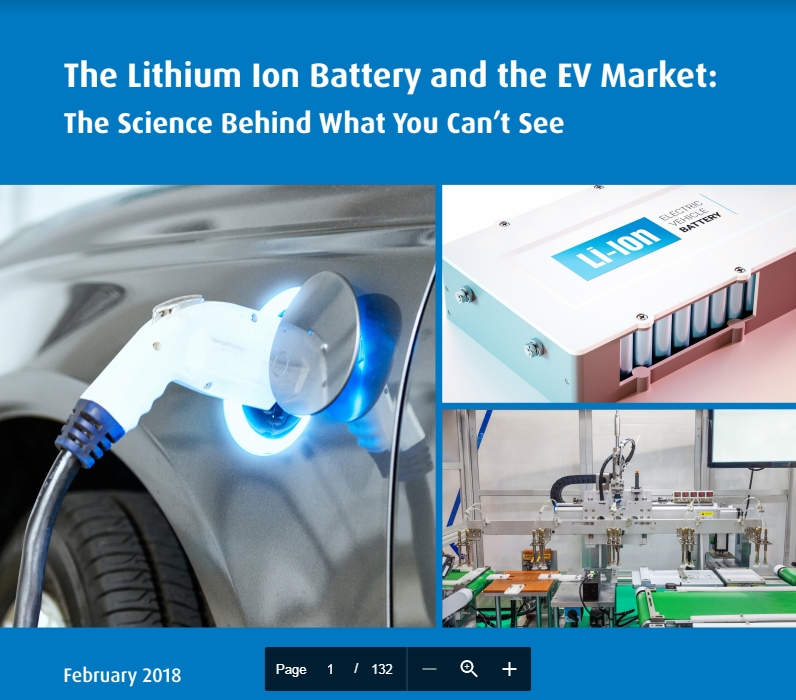 Canada Cobalt Works Inc – The Lithium Ion Battery and the Electric Vehicle Market → The Science Behind What You Can’t See
Canada Cobalt Works Inc – The Lithium Ion Battery and the Electric Vehicle Market → The Science Behind What You Can’t See
The Lithium Ion Battery and the Electric Vehicle Market → The Science Behind What You Can’t See
Top 5 Proprietary Takeaways:
1. NMC811 Lithium-ion Battery Has Technological Risk → Based on our detailed work on battery chemistry, we believe the consensus view that the next generation lithium ion battery formulation NMC811 (8 parts nickel, 1 part Manganese, 1 part Cobalt) is readily achievable is optimistic. We believe it will be more technically challenging to develop, which impacts some of the more optimistic lithium ion powered EV adoption forecasts. In terms of lithium-ion battery powered EVs, the NMC811 formulation is likely considered a key factor in achieving cost parity with the internal combustion engine (ICE) and increasing the energy necessary to reduce consumer range anxiety. Implication: Battery costs may not come down as fast as many have predicted and these findings reinforce our belief that the current and near-term state of the technology is consistent with our 10% penetration forecast by 2025.
2. The Market Underappreciates the Challenges to Advancing Lithium Ion Battery Chemistry → We believe the market greatly underappreciates the complexity of the internal workings of the lithium ion battery and the performance trade-offs faced by battery designers that limit the pace of technology development in the near term. Implication: There may be other technologies that supplant the current lithium ion battery at some point, but there has been significant ramp in intellectual capital and capital investment in this technology, and the long-term value of innovation is likely underestimated.
3. China Is Leading the Way in EV Demand → There are 172 car companies in China, including the world’s largest EV company, BYD. Environmental imperatives and progressive subsidies geared to supporting better technology, not just EV adoption, have positioned China as the world’s hot spot for EV development. Implication: Increasing investment, vehicle range, EV variety and charging infrastructure in addition to government subsidies are all important to driving this sector.
4. Supply and Demand of Key Raw Materials a Significant Factor to EV uptake → Obtaining supply security of lithium, cobalt and nickel can be challenging. Implication: Potential bottlenecks could hamper lithium ion battery production despite increasing economies of scale.
5. EV Growth ≠ Death of Oil Sector → Our collaborative analysis reveals that EV growth and oil demand are not mutually exclusive. Implication: Both industry segments offer a lot of upside over the next five years. For more information about why we believe that EV growth and oil demand are not mutually exclusive, please read Jared Dzuiba’s report, “Of EVs and Oil Demand,” published (February 20, 2018).































